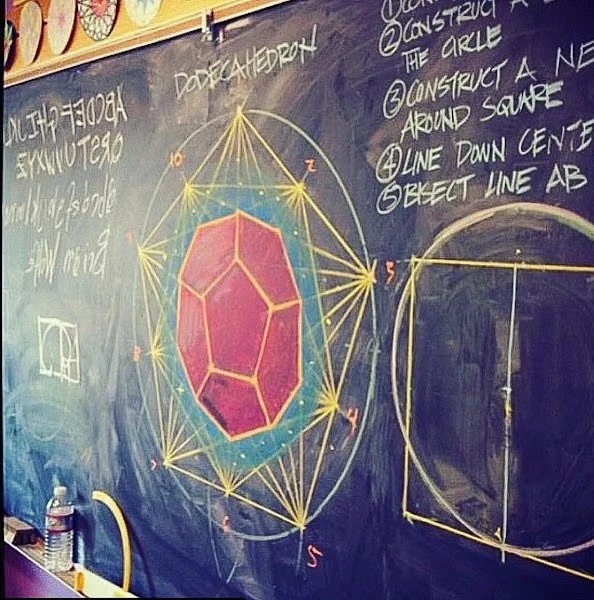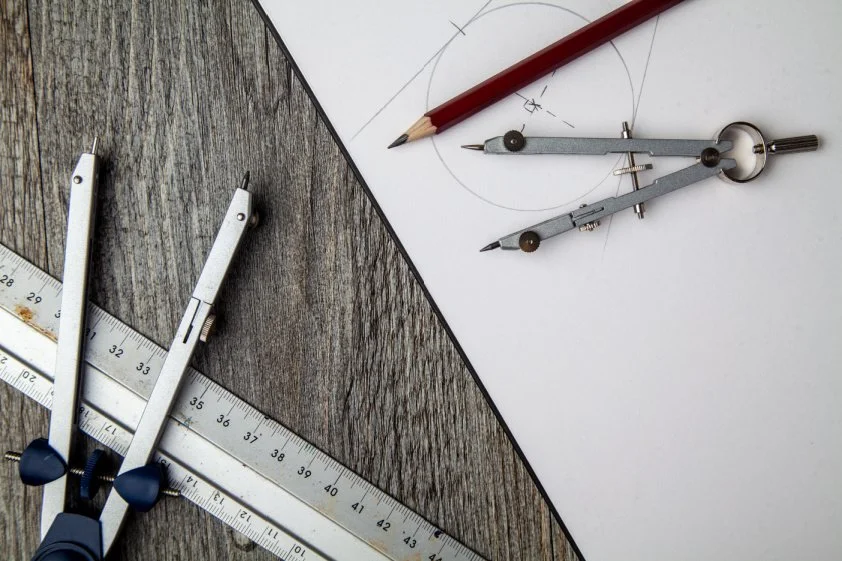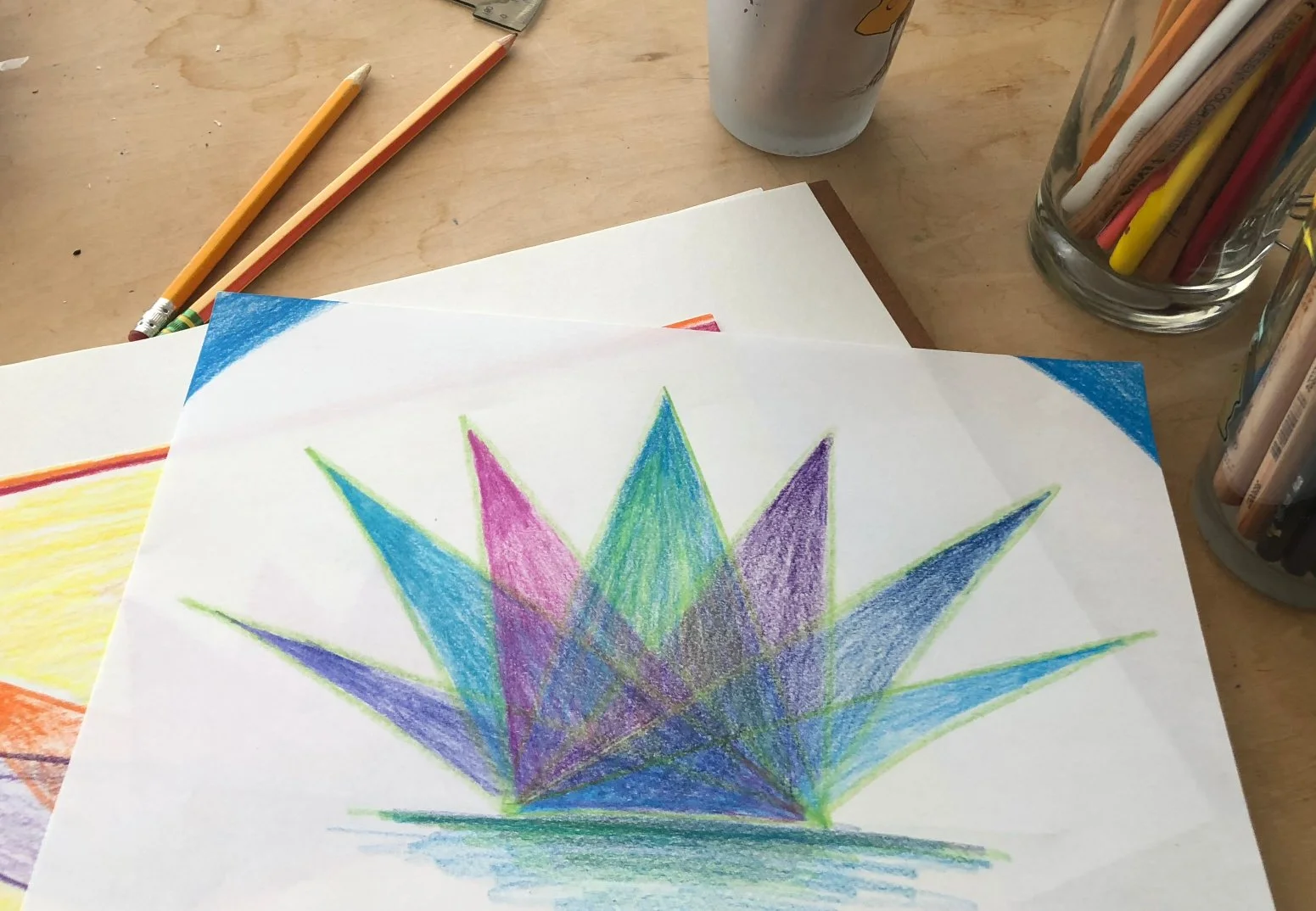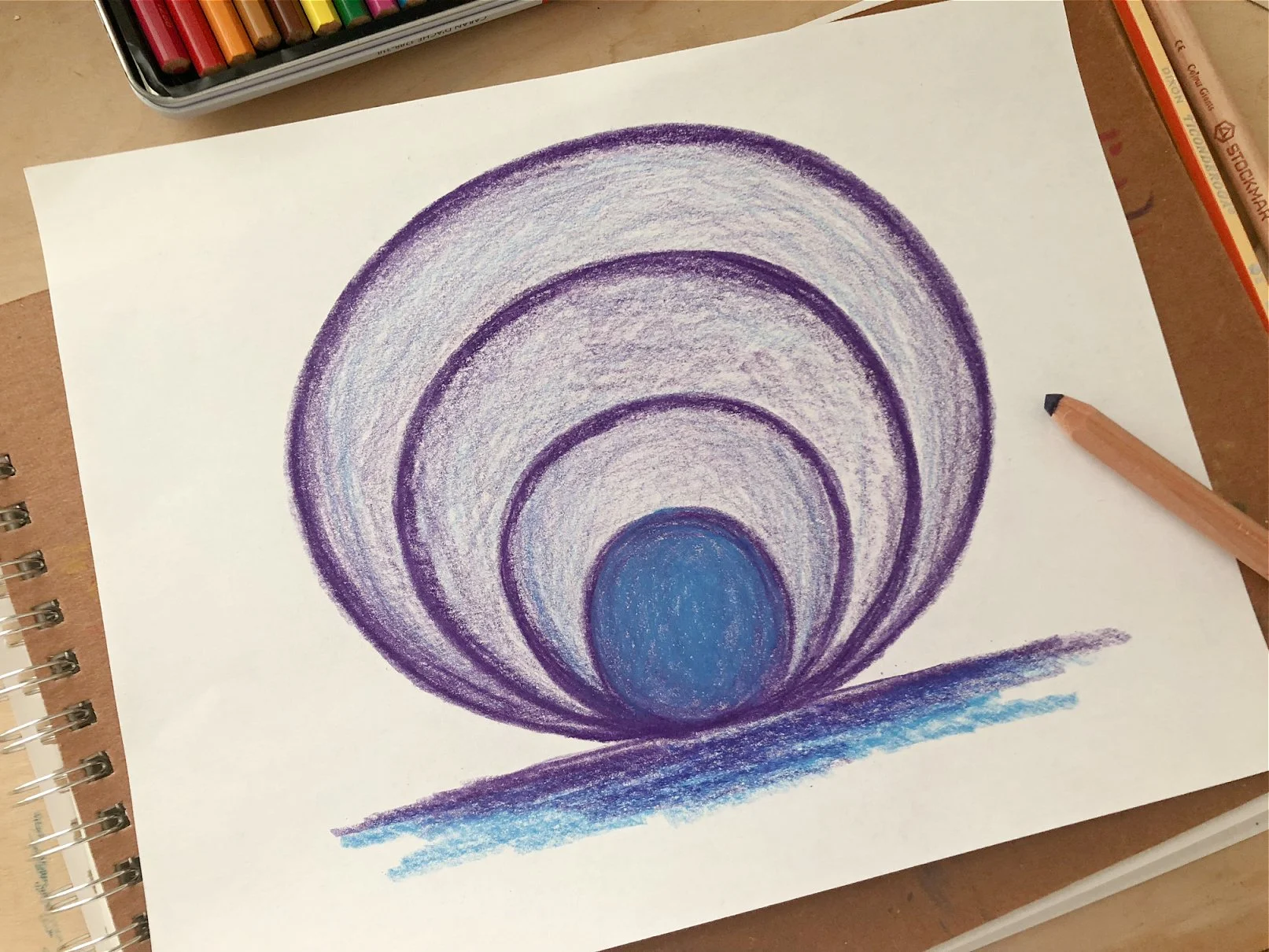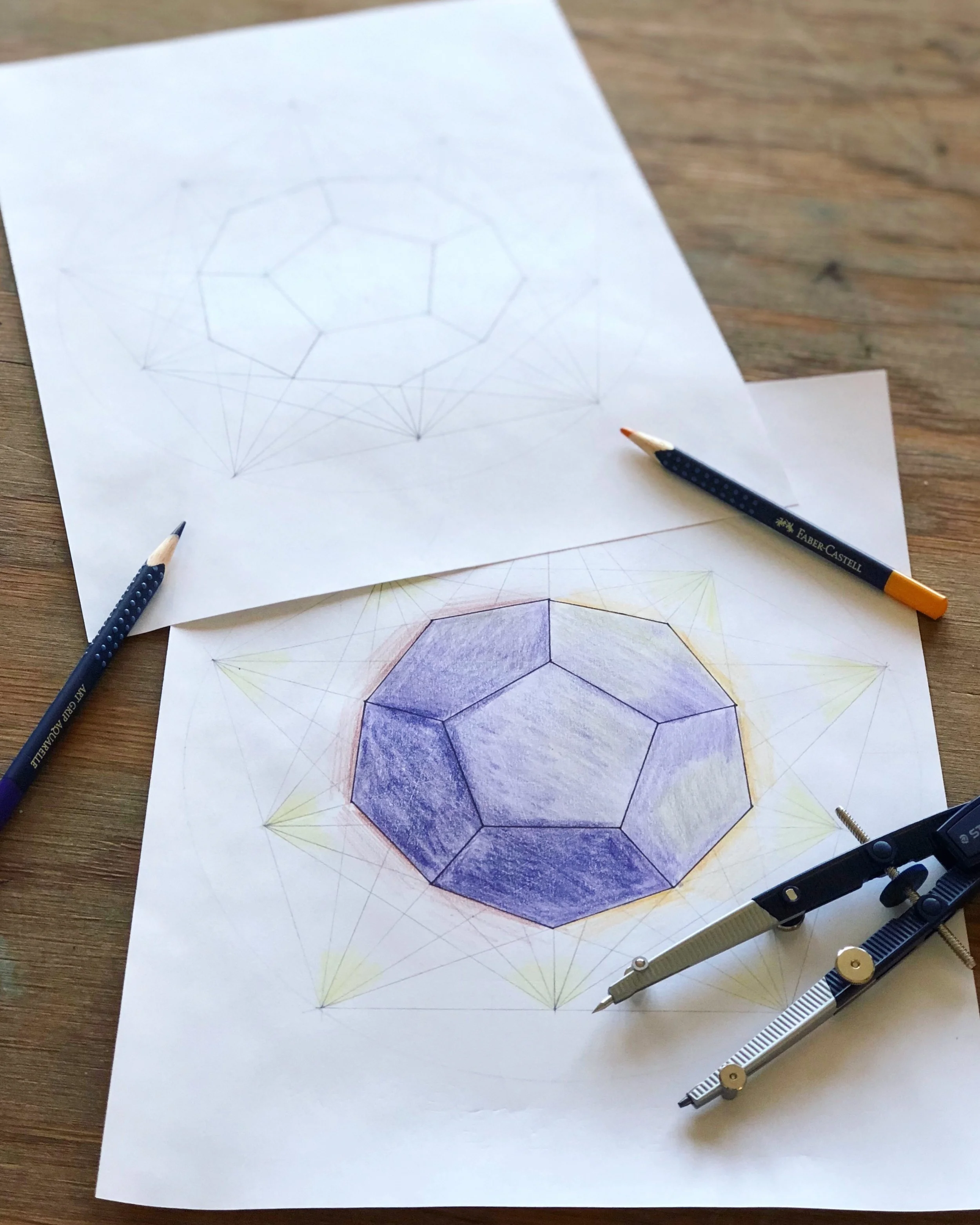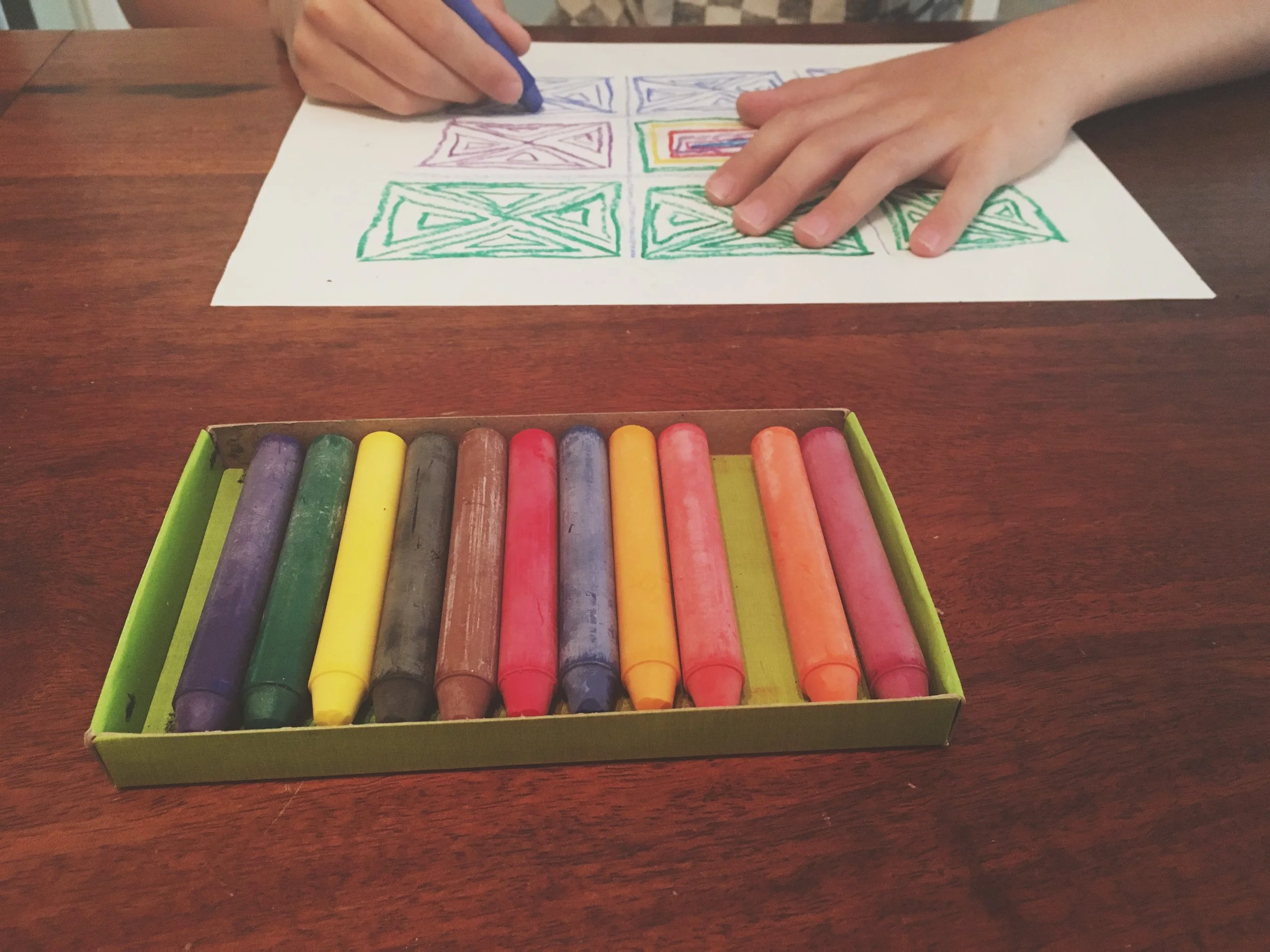The Beauty and Challenge of Eighth Grade Geometry
Waldorf eighth grade geometry works with forms from different points of view.
Eighth grade marks the culmination of the middle grades in Waldorf education, and the curriculum is designed to meet students with new levels of challenge - both intellectually and artistically.
In the fifth, sixth, and seventh grades, the Geometry curriculum evolves beautifully: students move from freehand geometric drawing, to using tools to create foundational forms, and then to exploring analytical concepts intertwined with patterns and artistic expression.
By eighth grade, something new and exciting begins - students step into the world of three-dimensional geometry, working with the remarkable Platonic Solids.
These are five perfectly symmetrical 3D shapes - the tetrahedron, cube, octahedron, dodecahedron, and icosahedron - each with its own unique combination of faces, vertices, and edges.
Why Eighth Grade?
At this age, students are ready for new kinds of thinking. Their capacity for abstract reasoning is growing rapidly, and they’re able to hold complex forms and relationships in their minds in a way that wasn’t possible just a year or two earlier.
From the perspective of brain science, this is no coincidence.
Platonic Solids are the focus of Waldorf eighth grade geometry.
During adolescence, the prefrontal cortex - the area of the brain responsible for reasoning, planning, and seeing patterns - undergoes major growth and rewiring. Engaging with geometric concepts like the Platonic Solids helps strengthen these neural pathways through the very process of visualizing, planning, and constructing something that bridges the abstract and the concrete.
Becoming the Mathematician
In eighth grade, the geometry curriculum moves fully into the realm of thinking.
Armed with skill and confidence in the tools of the geometer - and the experience of studying form and proportion in both nature and the human body - students begin to take on the mantle of mathematicians in the truest sense of the word: those who study the underlying forms of all things.
Enter: The Platonic Solids!
Students engage with these shapes on many levels - philosophically, artistically, and mathematically. Plato himself associated each solid with one of the classical elements and the twelve constellations, inspiring students to consider the harmony and order inherent in the universe. They explore the qualities of numbers, the relationships between shapes, and the ways these solids appear in nature - from crystals to flowers to the structure of the human body itself.
Art, Math, and Mind in Motion
As in all Waldorf geometry, art and math work as one.
Students draw the Platonic Solids with compass and straightedge, then design 2D nets to construct 3D models. Through this process, they experience how geometry moves from the abstract to the tangible.
Each step requires spatial reasoning, careful observation, and meticulous craftsmanship - skills that mirror the kind of focused, flexible thinking adolescents are developing neurologically at this stage. This hands-on work not only refines fine motor control but also helps balance the maturing adolescent brain, which thrives when both analytical and artistic processes are engaged together.
Class is in session: A chalk drawing from a Waldorf eighth grade geometry block.
A Classroom Alive with Form
There is no single way to approach the Platonic Solids. Walk into an eighth-grade classroom, and you might see these geometric wonders transformed into mobiles, centerpieces, or softly glowing lanterns. However they appear, they are always the result of deep thought, patience, and a growing sense of inner order.
Looking Beyond What Meets the Eye
By the end of eighth grade, students begin to recognize that there is always more than meets the eye. The geometry curriculum has given them not only tools for measurement and observation, but also for seeing the world as a place of underlying harmony and structure.
Through their study of form - both beautiful and precise - they learn to describe what they can see, and to reason about what exists in the unseen, abstract world of ideas.
About the Authors
Robyn Beaufoy is Waldorfish’s CEO, and also a course instructor for Simple Season, Waldorf Art for Beginners, and Weekly Art Foundations. You’ll find her intuitive touches and influences throughout everything Waldorfish offers. Robyn has been in the world of education for over 25 years, with an MA in Education and a certification in Waldorf teaching - she also homeschooled both of her children for some of that time. In 2012 Robyn co-founded Waldorfish.com, creating it with the vision of making Waldorf inspired-art and pedagogy more accessible, joyful, and doable for homeschoolers all over the world.
Caitlin Amajor is Waldorfish’s course instructor for Geometry grades 5 & 6, Botany, and Geology as well as our Administrative Assistant. From a young age, Caitlin has been immersed in Waldorf education, attending a Waldorf school from K-8. After receiving a BA in History, Caitlin gained her certification in Waldorf teaching, and spent seven years as a Waldorf class teacher in the upper grades. With a special fondness for watercolor painting and geometry, Caitlin loves bringing Waldorf education to her students all over the world, and seeing their own individuality and style bloom from the curriculum!


